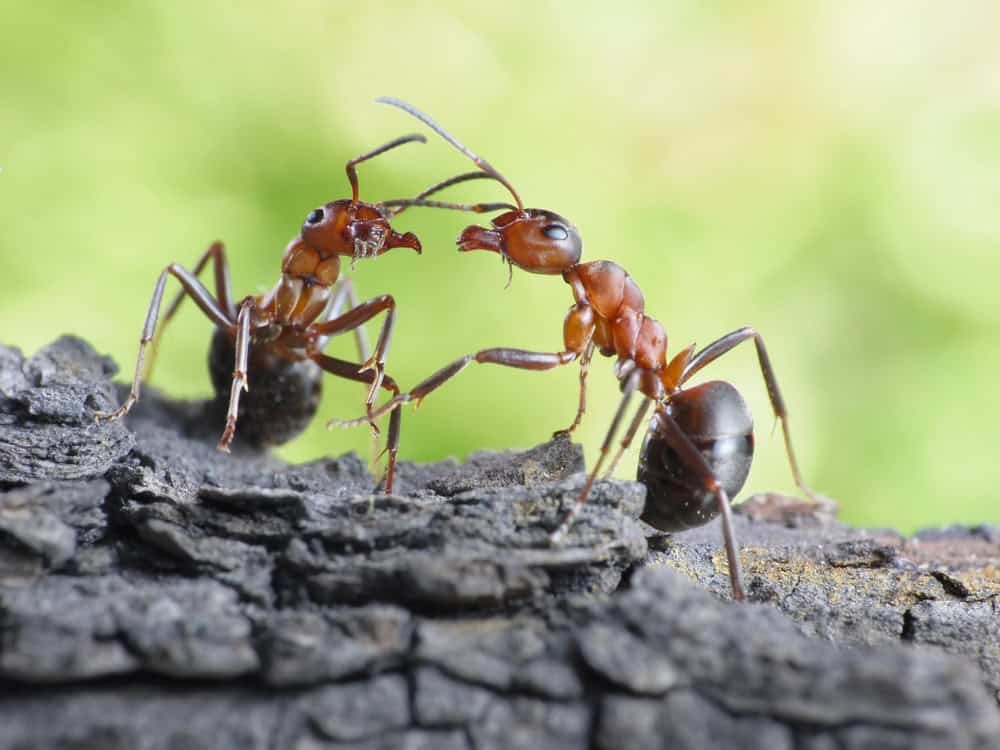In the animal kingdom, social networks are not just a human phenomenon. Many species have complex social structures and communicate in unique ways to build communities. From the harmonious chorus of dolphins to the intricate society of ants, these networks show that community is a vital component for survival in the wild. This article explores how different species construct their social networks, the roles individuals play within these communities, and what we can learn from them.
The Importance of Social Networks in Animals

Social networks in animals play a crucial role in survival, reproduction, and resource management. These networks often ensure better protection from predators, more efficient foraging, and successful rearing of offspring. Understanding these networks can provide insights into the evolution of social behavior and the ecological roles various species play within their habitats.
Communication: The Building Block of Animal Social Networks

Communication is fundamental to the formation of social networks in the animal kingdom. Many species use vocalizations, body language, pheromones, or other signals to convey information, establish hierarchies, and maintain group cohesion. For instance, honeybees perform a “waggle dance” to communicate the location of food sources to their hive mates, while elephants use low-frequency sounds to communicate over long distances.
Hierarchical Structures: Organizing Social Networks

Hierarchical structures are common in animal communities, with roles ranging from dominant leaders to subordinate followers. Wolves, for example, maintain a pack structure where alpha males and females lead, while the rest of the pack follows. These hierarchies can minimize conflicts, ensure smooth functioning of the group, and improve the chances of collective success.
Cooperation and Symbiosis

Cooperation is another essential aspect of social networks. In symbiotic relationships, species work together for mutual benefit. Clownfish and sea anemones offer a classic example: the clownfish gains protection amongst the anemone’s stinging tentacles, while it, in return, lures prey closer to the anemone. Similarly, meerkats work cooperatively to guard their community, forage for food, and care for young pups, demonstrating the benefits of living in cohesive groups.
Tools and Technology: Unveiling Animal Social Networks

Technological advances have allowed researchers to delve deeper into the intricacies of animal social networks. GPS tracking, network analysis software, and remote sensing technologies are unveiling how species interact over time and space. These tools help scientists understand migration patterns, territorial behaviors, and the impact of environmental changes on social structures.
Case Study: The Complex Society of Ants

Ants are exemplary of efficient social networking. Their colonies are intricate societies composed of queens, workers, and soldiers, each assigned specific tasks to ensure the colony’s success. Ants communicate primarily through chemical signals, known as pheromones, which help them coordinate tasks such as foraging and defense. The extensive, organized social structure of ants has fascinated scientists and provided insights into the evolution of cooperation and division of labor.
Learning from Animal Social Networks

The study of animal social networks can offer valuable lessons for humans. By observing the cooperation and harmony that exist within these networks, we can glean insights into resource sharing, conflict resolution, and sustainable living. Animals demonstrate that diversity, collaboration, and communication are essential to thriving communities, lessons that can be applied across human societies.
Conclusion

Social networks in the animal kingdom are complex webs of interaction that are essential for survival, communication, and cooperation. From ants to elephants, every species has unique ways of building and maintaining their communities. As we continue to explore these networks through modern technology and research, we uncover the astonishing capabilities of animals in creating thriving social structures, offering inspiration and lessons for our own world.




